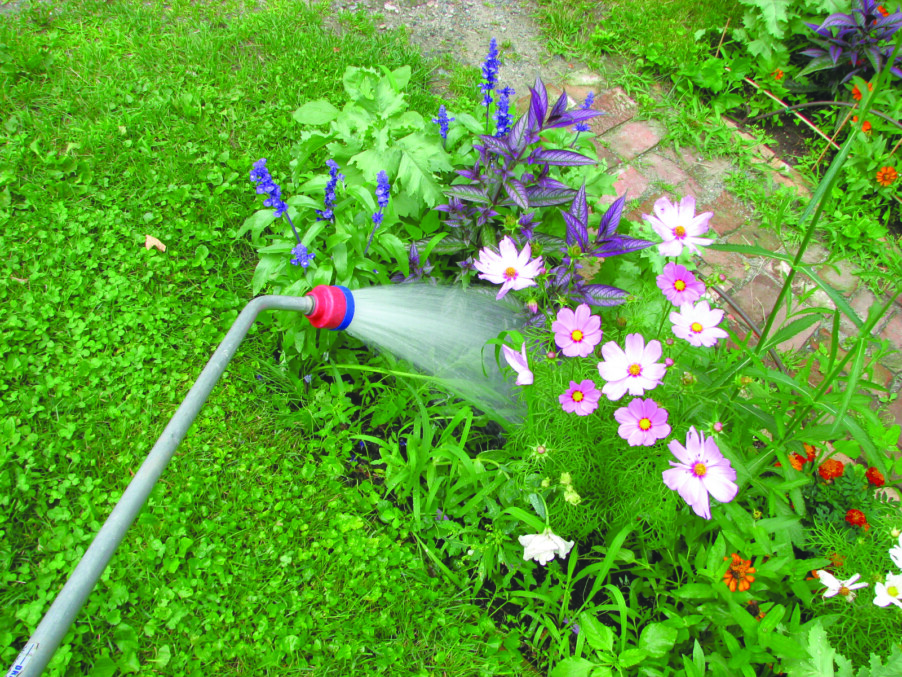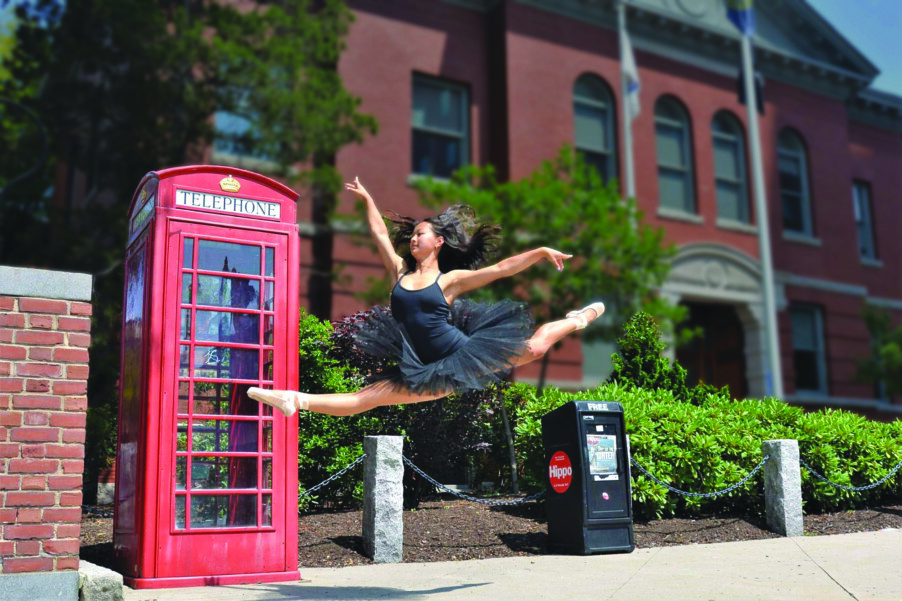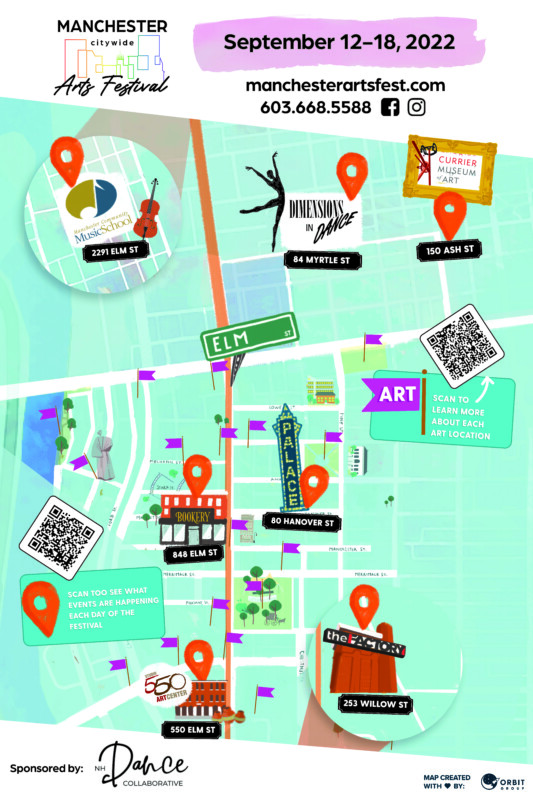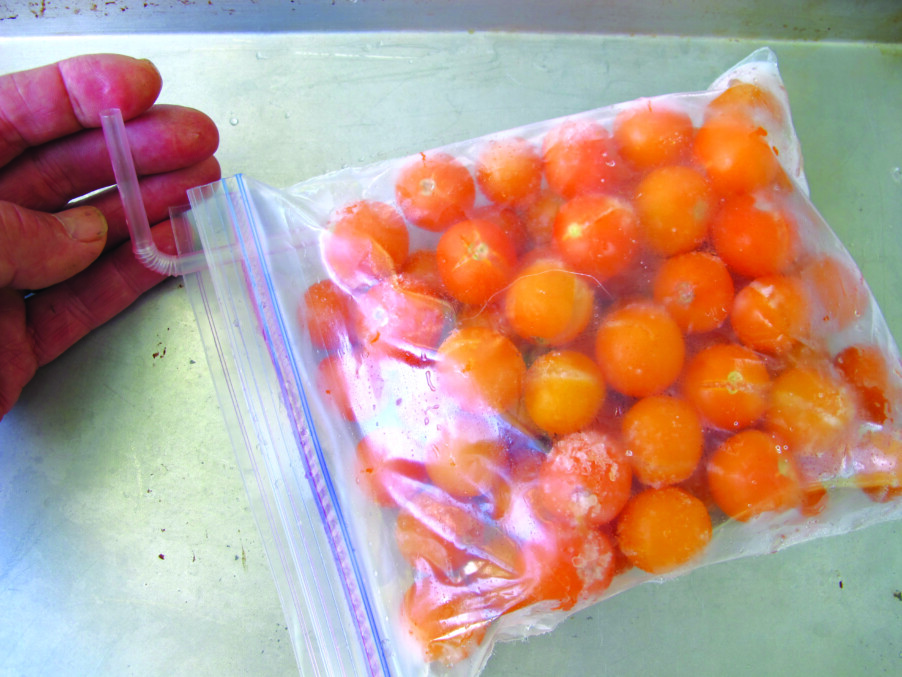Water deep if you can, and mulch properly
Many of my readers are suffering from a serious drought, enough so that plants are losing leaves and going dormant long before they should. Most well-established plants will recover from the effects of drought, even if they lose their leaves now. And new things? If you have not been giving them water weekly or more often, some may die.
Added to the problem is the fact that many places have enacted watering bans or limitations. And wells may not have enough to water everything. And of course watering takes time — time away from family, dogs and recreation.
If you have not been thinking about the drought, you should. Start by looking at your plants. Are leaves limp, withered or turning brown? If so, you need to water them well — today! They need a good deep watering.
Deep watering is not easy. If you take your hose and spray the base of the tree for a minute, you are not actually giving it much water. Wait 10 minutes after watering and go back to the new tree or shrub that you planted last spring. Use your finger or a tool like the CobraHead weeder (a weeding tool with a single tine) to dig down 4 inches or more. Is the soil moist? It should be. Most roots are in the top foot of soil. Add more water as needed.
If your soil is like powder, it is not easy to get water to penetrate the soil. If your tree is on a hillside, water you apply will run away almost immediately and not soak in at all. Even a gentle slope will allow water to run off. You will need to make a ring of soil or mulch around the tree or shrub to contain water.
If you are using a hose, use a watering wand to apply water rather than a spray nozzle held in your hand. These wands are usually 24 inches long with a nice “rose” on the end that makes the water flow in a gentle spray and have a valve to turn the water on, off or part way on. Since the tip of the wand is near the ground, it is less likely to wash away the soil. And it allows you to direct the water just where you want it. Soaker hoses on timers are good if you travel a lot, or vacation when it’s hot and dry.
Before you start watering, learn how much water your hose delivers. Do this by timing how long it takes to fill up a 5-gallon pail. Two or three minutes is usually long enough, but it depends on the diameter of your hose and the water pressure. Half-inch hoses are worthless. Five-eighths-inch hoses are adequate, and three-quarter-inch hoses are good for long-distance runs. Five gallons is the minimum quantity of water needed by a thirsty shrub or newly installed tree.
Most new woody plants need five gallons every week, but it does depend on the soil type. Sandy soil dries out the quickest and needs the most water. Clay soil holds water, but is hard to get thoroughly moist. Even though I have good soil, I always add compost to the soil when I plant anything. Not only does it add biological activity; it also holds water in sandy soil and loosens up clay soils. I buy it by the truckload. Most garden centers sell it in bulk, which is cheaper than buying it by the bag. Of the bagged compost, I like Moo-Doo and Coast of Maine brands.
Grasses and weeds suck moisture out of the soil, so dig them out around your trees. Weed a ring around new or struggling trees that is 3 to 4 feet wide. Then get some fine mulch (double-ground mulch, not wood chips). An inch and a half of mulch is about right, or two inches. Deeper than that and short rain showers will never get moisture to your plants’ roots.
Don’t buy bagged wood chips based on price — or if you do, buy the most expensive. Cheap mulch may be ground up and shredded construction debris and pallets. “Color enhanced” mulch is stained or dyed with something and may spread chemicals in the garden — and fade with time.
Never let the mulch touch the bark of your tree, or worse yet, make a faux-volcano of mulch. Mulch can harbor fungi that will rot the bark of your tree, killing it in six to 10 years. Once the cambium layer under the bark gets rotted, the tree will die. If you have mulch against any of your trees, please fix it right away.
Years ago I visited my friend Sydney Eddison at her home in Newtown, Connecticut. Sydney is a garden designer, author of many fine gardening books and a poet with terrific gardens. They were in the midst of a terrible drought — so bad that mature oaks were losing their leaves in the forest by August. A water ban was in place, but her gardens looked great.
“Sydney,” I said, “You’ve been cheating and watering your plants.” No, she explained, “It’s all about the mulch.” Each fall her husband, Martin, mowed over all the leaves that fell on the lawns and bagged them. He stored them in the barn until spring, and after all her plants woke up in the spring, she added a layer of chopped leaves. Not only did they hold in moisture, as they broke down they added organic matter to the soil — making it better each year.
This fall, do the same. Collect your leaves, or have the lawn service collect them for you. I don’t bag them up, I just add them to a pile and use as mulch in the spring. It really works. A 2-inch layer is perfect.
Don’t be disheartened if some of your plants go dormant now. It is their way of protecting themselves. But do water if you can — and get it down deep. Your plants will bless you!
Featured photo: A straw used to remove air from a bag of cherry tomatoes. Photo by Henry Homeyer.







